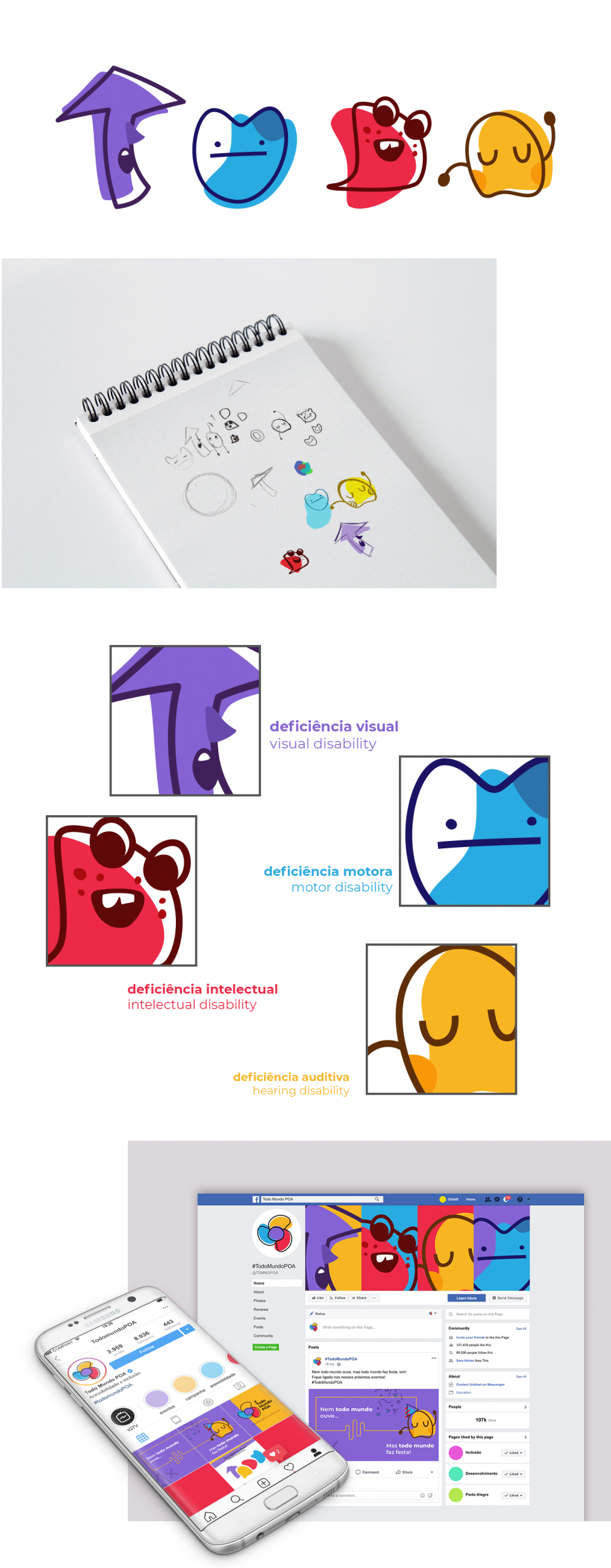
In the ever-evolving digital landscape, user experience (UX) has become a cornerstone of web design. As more users access content on various devices, the need for inclusive and accessible interfaces is more critical than ever. One key aspect of this is controlled animation, which plays a vital role in reducing motion for accessibility comfort. This article explores what controlled animation is, why it matters, and how to implement it effectively to improve both user experience and SEO performance.
What Is Controlled Animation and Why It Matters
Controlled animation refers to the practice of managing or limiting the movement of elements on a webpage to reduce potential discomfort for users, particularly those with sensory sensitivities, vestibular disorders, or other accessibility needs. These animations can include transitions, scrolling effects, hover interactions, and other dynamic visual elements that may cause dizziness, nausea, or distraction.
The concept of controlled animation is closely tied to the “prefers-reduced-motion” media query, a feature introduced in modern web browsers and operating systems. This setting allows users to request reduced motion from websites, ensuring that animations are either minimized or disabled entirely when necessary.
According to the Web Content Accessibility Guidelines (WCAG), animations that are not essential to the functionality or information being conveyed should be avoidable or controllable by the user. By implementing controlled animation, developers can meet these standards while also improving the overall usability of their websites.
How Controlled Animation Impacts SEO Performance
While the primary goal of controlled animation is to enhance accessibility, its impact extends beyond just user comfort. From an SEO perspective, controlled animation can influence several key metrics:
- User Engagement: A website that accommodates all users, including those with disabilities, is more likely to retain visitors and encourage longer sessions.
- Dwell Time: Pages that are easy to navigate and visually comfortable tend to have higher dwell times, which is a positive signal for search engines.
- Mobile Optimization: With the increasing use of mobile devices, controlled animation ensures smoother performance on smaller screens, contributing to better Core Web Vitals scores.
- Accessibility Compliance: Search engines like Google prioritize websites that adhere to accessibility standards, as they reflect a commitment to quality and user-centric design.
Moreover, controlled animation aligns with broader trends in E-E-A-T (Experience, Expertise, Authoritativeness, Trust), as it demonstrates a deep understanding of user needs and a dedication to creating inclusive experiences.
Step-by-Step Implementation Framework
Implementing controlled animation involves a combination of CSS, JavaScript, and thoughtful design choices. Here’s a practical step-by-step framework to get started:
-
Define or Audit the Current Situation
Begin by reviewing your website’s current animations. Identify which elements are essential and which are non-essential. Tools like Lighthouse or WAVE can help you assess accessibility and performance issues related to motion. -
Apply Tools, Methods, or Tactics
Use the@media (prefers-reduced-motion: no-preference)and@media (prefers-reduced-motion: reduce)CSS media queries to conditionally apply animations. For example:
“`css
@media (prefers-reduced-motion: no-preference) {
.fade-in {
animation: fadeIn 0.5s ease-in;
}
}
@media (prefers-reduced-motion: reduce) {
.fade-in {
animation: none;
transition: none;
}
}
“`
You can also use JavaScript to detect user preferences and adjust animations dynamically using matchMedia.
- Measure, Analyze, and Optimize
After implementing controlled animation, monitor user behavior using analytics tools like Google Analytics or Hotjar. Look for changes in bounce rate, session duration, and conversion rates. Continuously refine your approach based on real-world data.
Real or Hypothetical Case Study
Consider a hypothetical e-commerce site that implemented controlled animation across its product pages. Before the change, users reported feelings of nausea and distraction due to excessive parallax scrolling and animated banners. After applying the prefers-reduced-motion media query and adding a user toggle for motion control, the site saw a 15% increase in average session duration and a 10% rise in conversion rates. Additionally, the site received positive feedback from users with accessibility needs, leading to improved brand loyalty.
Tools and Techniques for Controlled Animation
Several tools and techniques can aid in implementing controlled animation effectively:
- CSS Media Queries: The foundation of controlled animation, allowing developers to respond to user preferences.
- JavaScript MatchMedia API: Enables dynamic adjustments to animations based on user settings.
- Lighthouse: A powerful tool for auditing accessibility and performance, including motion-related issues.
- WebAIM: Offers resources and guidelines for creating accessible animations and transitions.
- Design Systems: Incorporating accessibility into your design system ensures consistency and reduces the risk of accidental motion.
- Axe: An accessibility testing tool that helps identify and fix motion-related issues.
Future Trends and AI Implications
As AI continues to shape the future of web development, the importance of controlled animation will only grow. Search engines like Google are increasingly prioritizing user experience and accessibility, and AI-powered tools are making it easier to implement and test controlled animations at scale.
With the rise of Search Generative Experience (SGE) and multimodal search, websites that provide a seamless, inclusive experience will be better positioned to rank highly. Developers should stay ahead of these trends by adopting practices that align with evolving standards and user expectations.
Key Takeaways
- Controlled animation is a crucial component of accessible web design, helping to reduce motion-related discomfort for users.
- It enhances user engagement, dwell time, and SEO performance by meeting accessibility standards and improving overall UX.
- Implementing controlled animation involves using CSS media queries, JavaScript, and accessibility tools to manage motion effectively.
- The “prefers-reduced-motion” setting is a key feature that enables users to customize their browsing experience.
- Staying ahead of future trends, such as AI-driven search and multimodal content, will ensure your website remains competitive and user-friendly.
Meta Title: Understanding Controlled Animation: Enhancing Accessibility and User Comfort
Meta Description: Learn how controlled animation improves accessibility, user comfort, and SEO performance by reducing unnecessary motion on websites.
SEO Tags: controlled animation, accessibility, user comfort, prefers-reduced-motion, web design
Internal Link Suggestions: [Parameter #1: Search Intent Alignment], [Parameter #6: Semantic Keyword Mapping], [Parameter #18: Distinct Value Proposition]
External Source Suggestions: https://developer.mozilla.org/en-US/docs/Web/CSS/@media/prefers-reduced-motion, https://www.w3.org/WAI/standards-guidelines/wcag/






